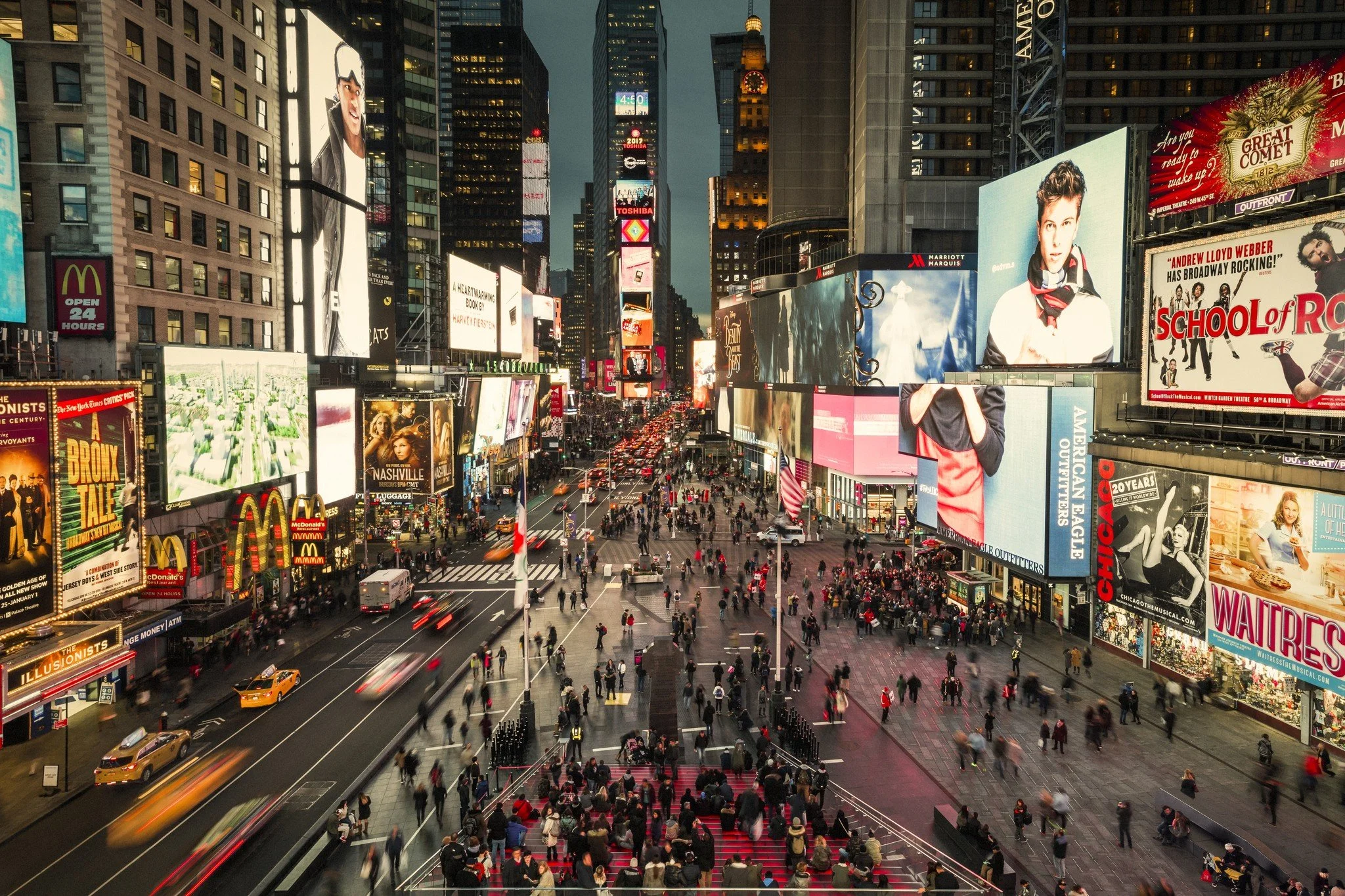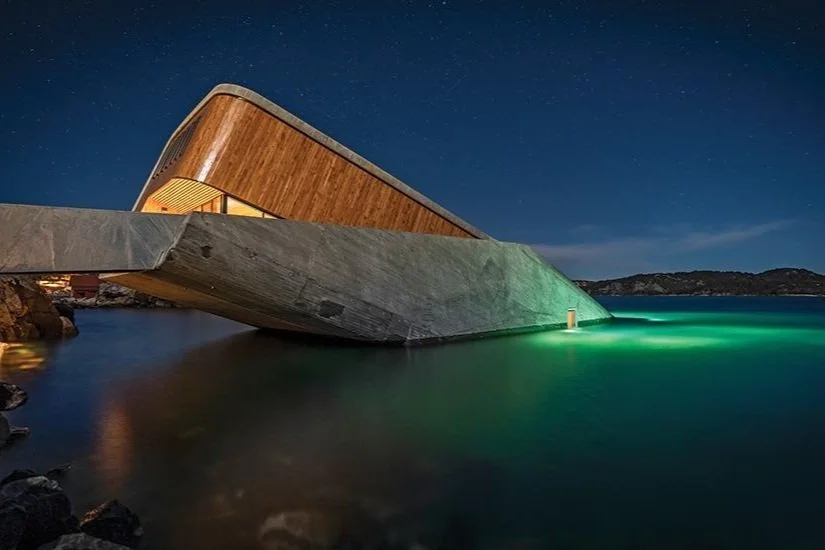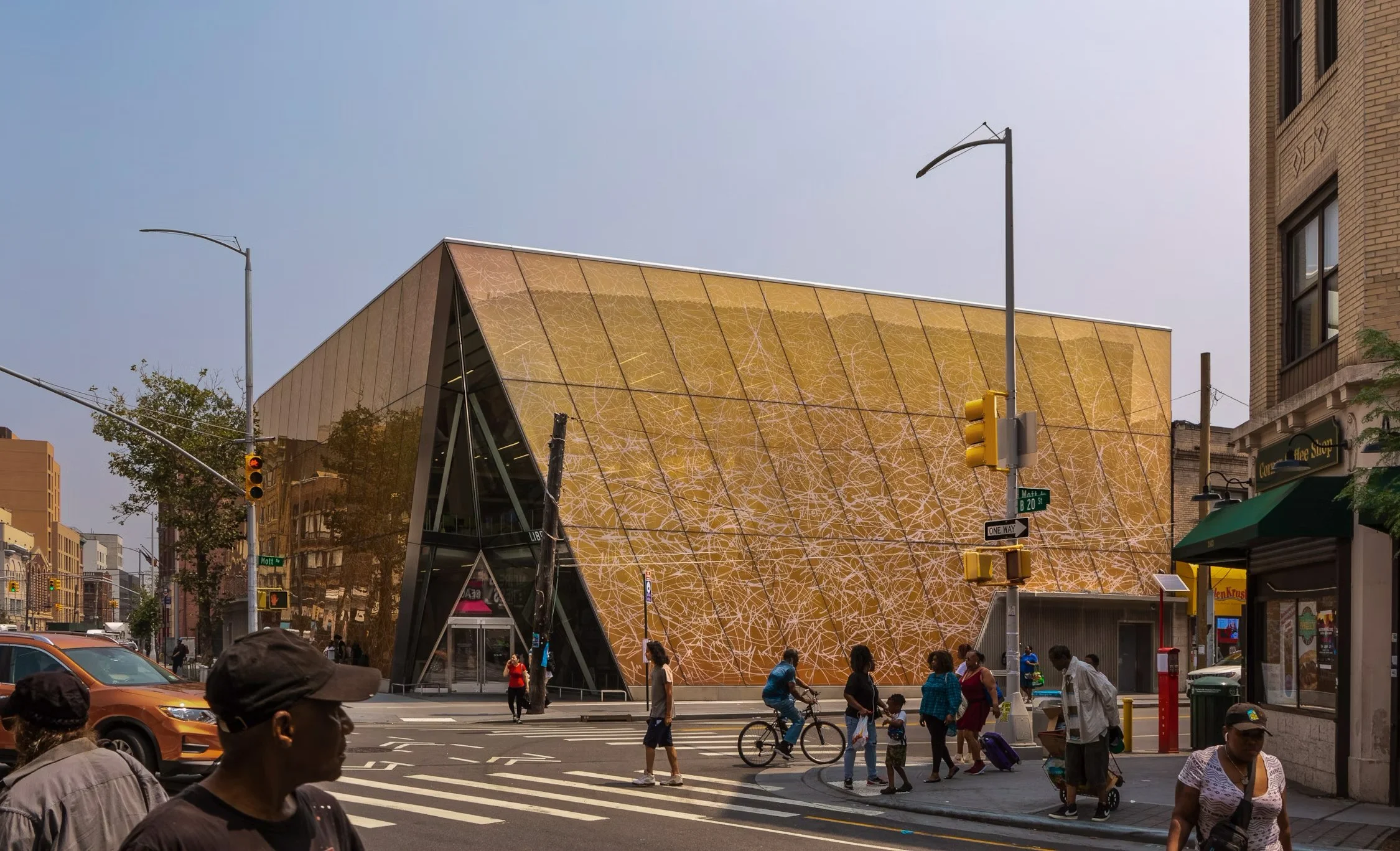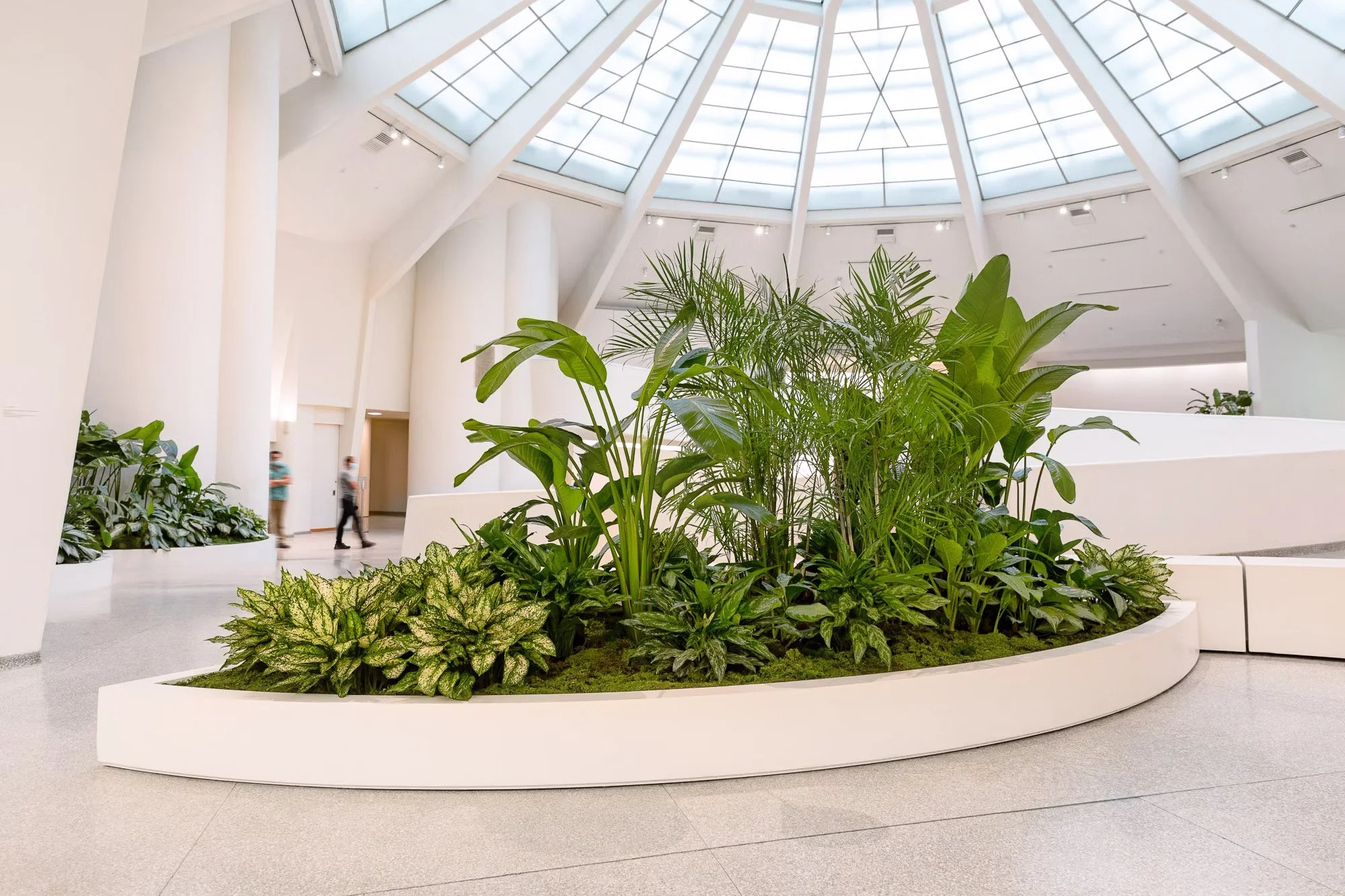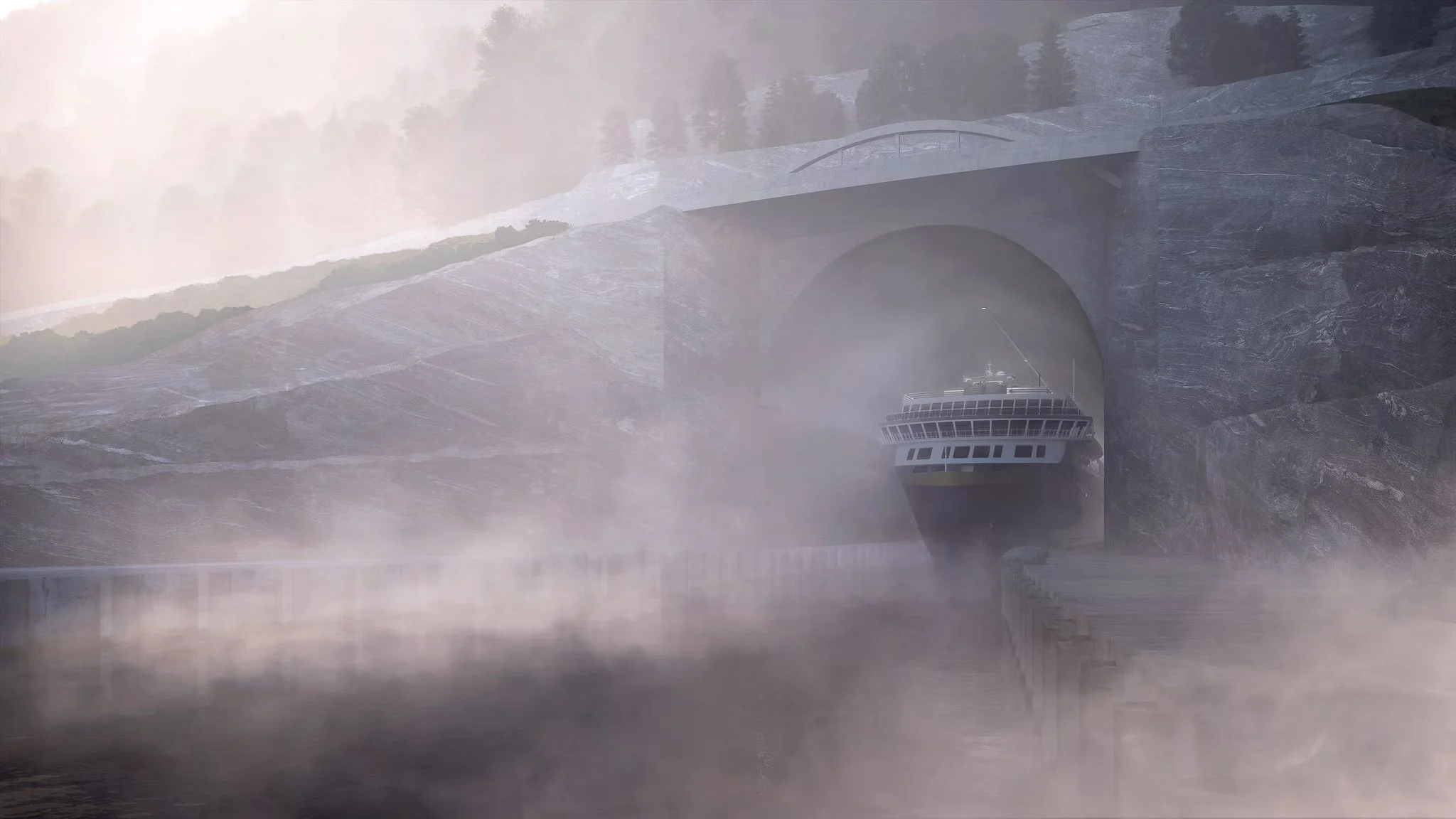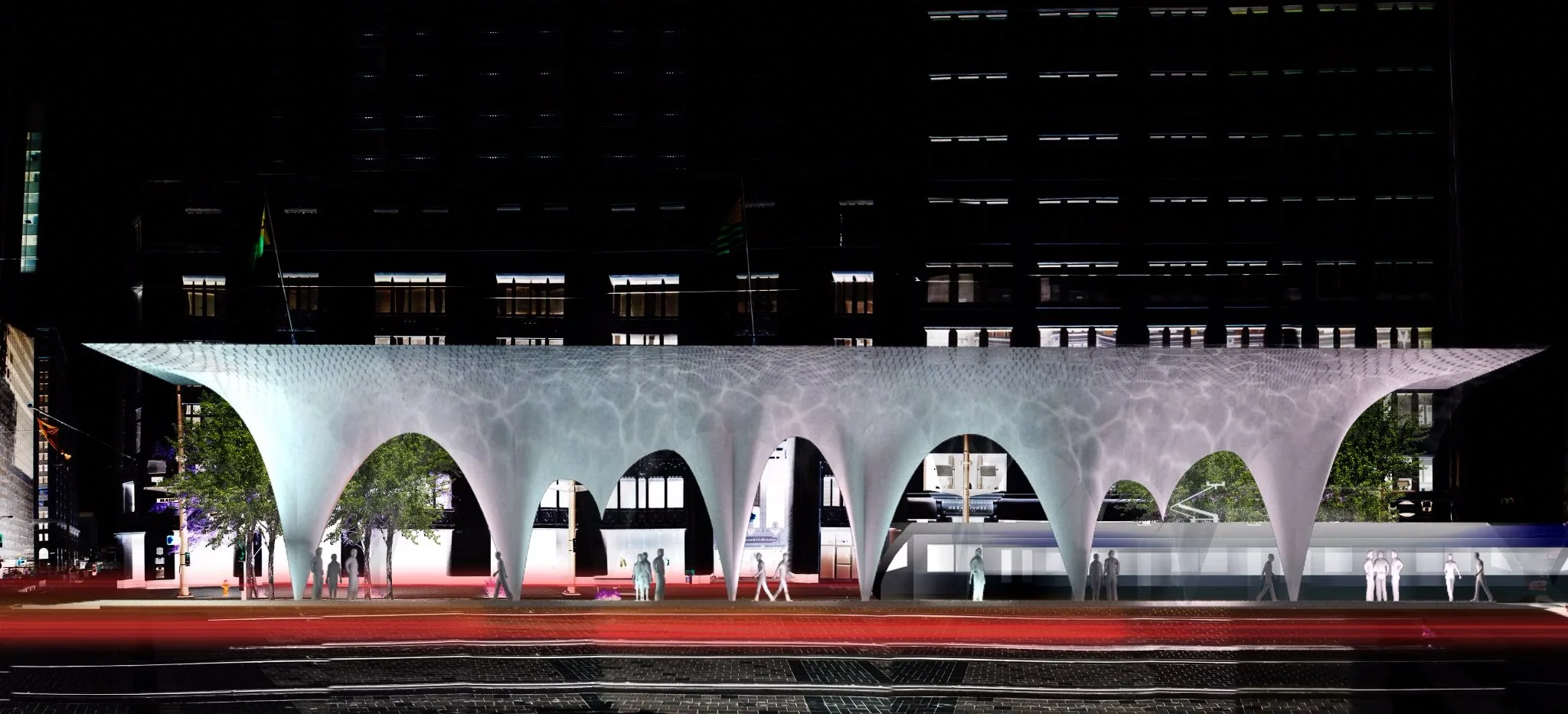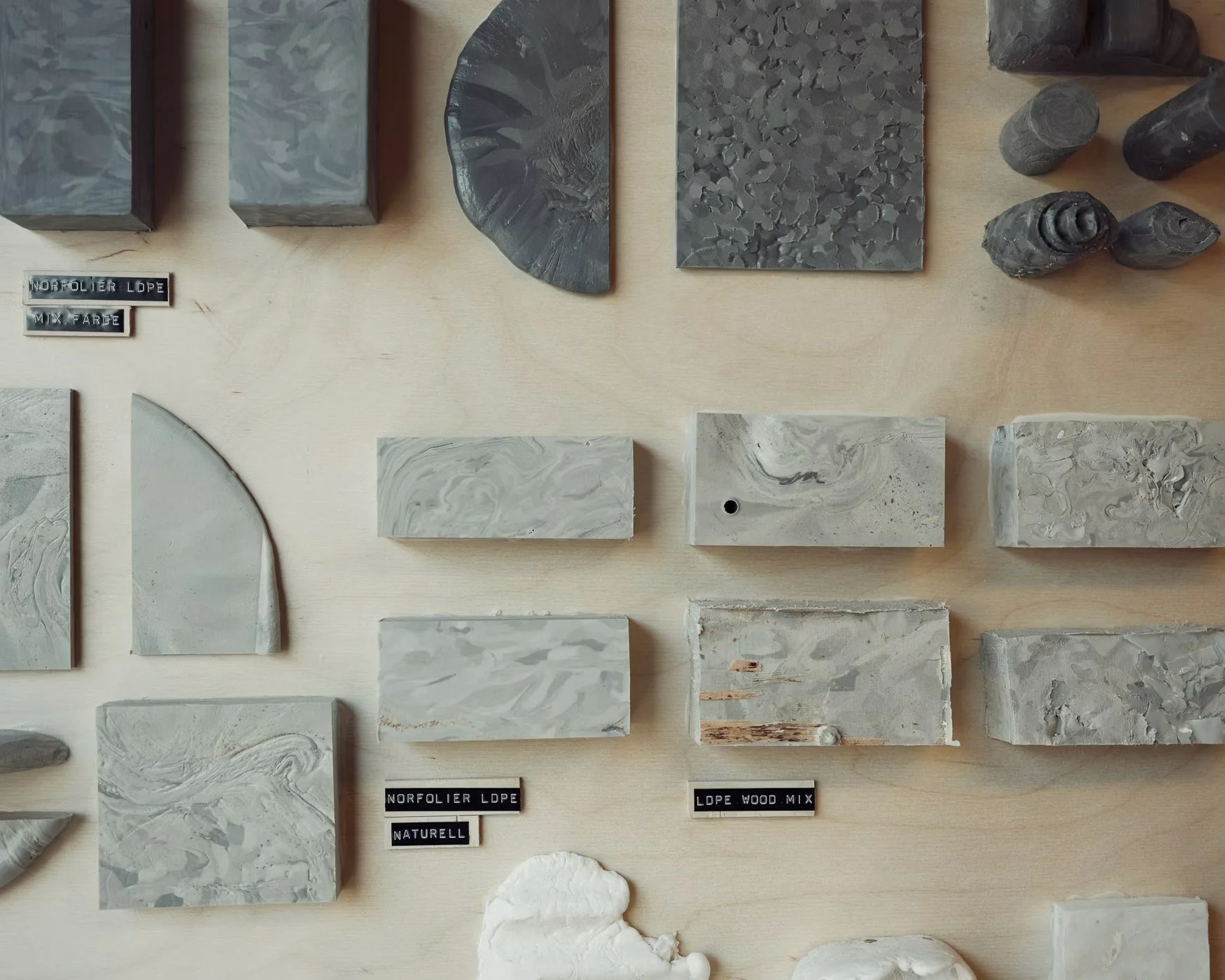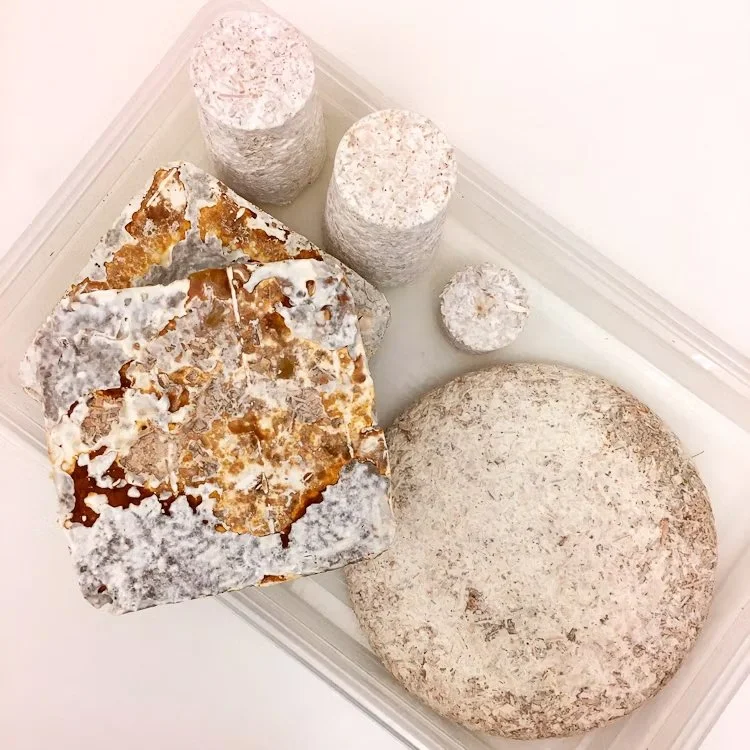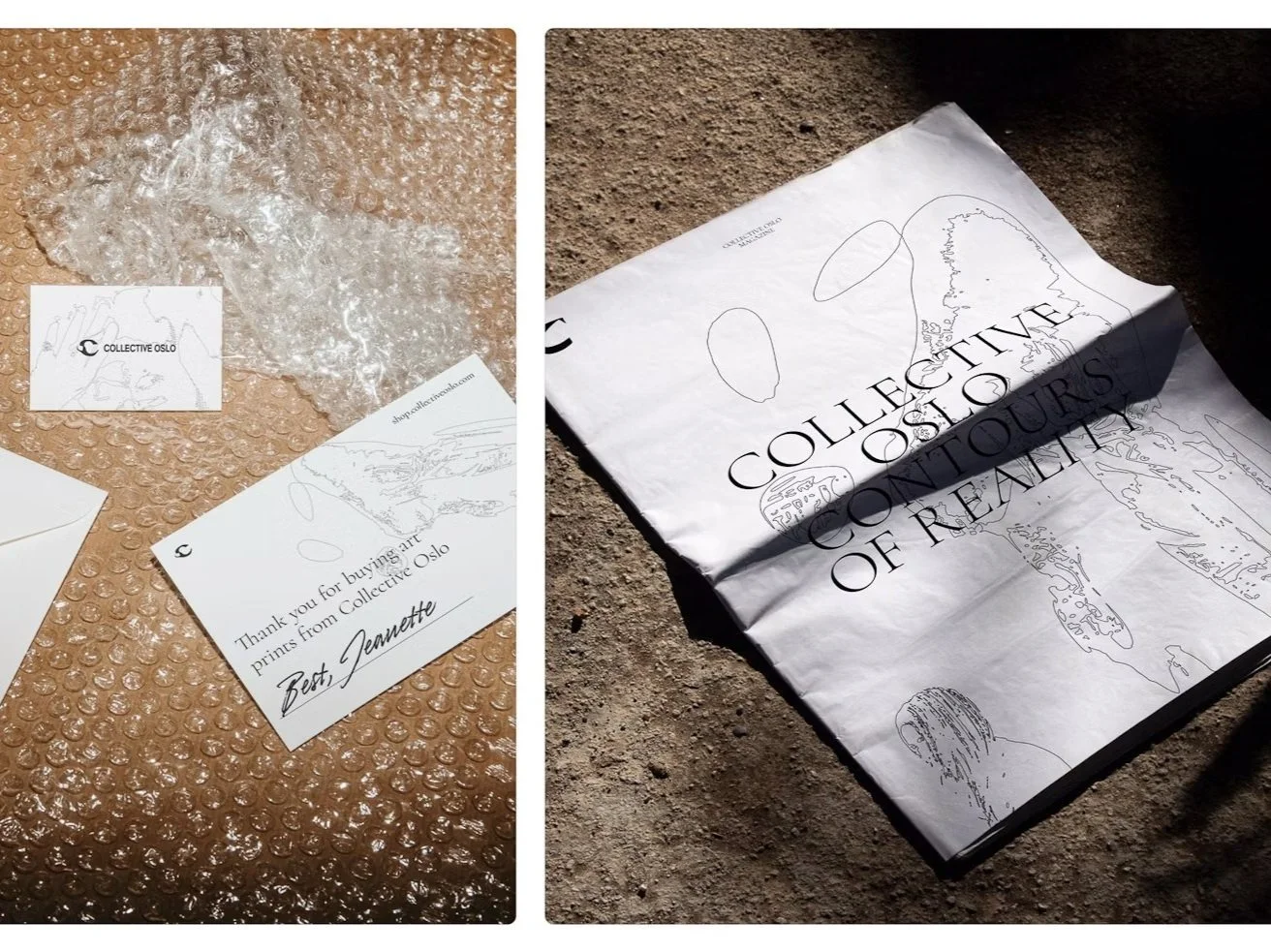
Snøhetta is a multidisciplinary design firm renowned for its innovative approaches to architecture, landscape architecture, interior design, graphic design, product design, and more. From the beginning, Snøhetta has focused on creating spaces and objects that improve people’s lives, take care of the environment, and push the boundaries of what design can do. Their projects come to life through teamwork; bringing together architects, designers, researchers, and craftsmen to make work that looks good, works well, and feels meaningful.
Snøhetta’s design philosophy is all about looking at the bigger picture, working together, and planning for the future. They mix traditional skills with modern technology to solve big problems like environmental issues, social inequalities, and health concerns. The firm designs environments that allow people, plants, and animals to coexist harmoniously while minimizing harm to the natural world. As a design form, they have promised to make all their projects carbon neutral within the next 15 years. This aligns with global efforts like the UN Sustainable Development Goals and the Paris Agreement. Their work is driven by constant research and experimenting with materials, often teaming up with experts and research groups to come up with fresh ideas.
For Snøhetta, sustainability isn’t just one part of their work; it’s a guiding principle that influences everything they do. They view sustainability through multiple perspectives, considering its social, environmental, and economic aspects. By using renewable energy systems, making better use of resources, and adopting regenerative design strategies, Snøhetta builds projects that don’t just avoid harm but actually help heal natural systems. Some of their buildings even produce more energy than they use, and they’ve found ways to cut down on the carbon emissions involved in construction by using new materials and building methods.
One example of their material innovation is Biocrete, a type of carbon-neutral concrete. Snøhetta worked with contractors, researchers, and experts in the biochar industry to create this material. By adding biochar made from wood waste to the concrete, they turned it into a carbon sink. Another example is their Superdupertube lighting project, where they used hemp fiber and sugarcane-based materials to create an eco-friendly alternative to aluminum. These projects show Snøhetta’s commitment to lowering their environmental impact while finding creative and sustainable design solutions.
Snøhetta also brings their focus on sustainability and creativity into their graphic and product design work. For instance, when they redesigned Norway’s national currency, they chose to celebrate the country’s natural beauty instead of using famous people on the banknotes. This new approach connected Norway’s identity to its landscapes. Similarly, when they created a unified visual identity for Norway’s national parks, they made it easier for people to understand and appreciate these natural areas while also helping to protect them.
Snøhetta is great at combining beautiful design with smart technology. For example, in their Superdupertube project, they used biodegradable hemp and sugarcane materials to make a product that doesn’t rely on fossil fuels and can be composted after use. The lamp is also designed to use less energy and last longer, which reduces its environmental impact during its lifetime.
Innovation is a big part of Snøhetta’s success. They are always researching and testing new ideas to find sustainable materials like low-carbon concrete, recycled plastics, responsibly sourced wood, and biodegradable options. By working with experts and institutions, they’ve developed new technologies and methods that can be used across the construction industry, making their work even more impactful. Whether it’s creating energy-positive buildings or finding new ways to use materials, Snøhetta always looks for better solutions.
Beyond their groundbreaking projects, Snøhetta places a strong emphasis on collaboration. Their team is made up of diverse professionals, including architects, designers, craftsmen, and researchers, all working together to achieve shared goals. This collaborative spirit extends to their partnerships with external experts and institutions, allowing them to stay at the forefront of design innovation.
Snøhetta’s work shows how design can help tackle some of the world’s biggest challenges, like climate change, resource shortages, and social inequalities. Their projects aren’t just functional or pretty to observe, they reflect a commitment to building a better future. By blending innovation, sustainability, and collaboration, Snøhetta is redefining what design can achieve and creating a world where people and the environment thrive together.
Ultimately, Snøhetta’s holistic approach to design ensures that their projects resonate on multiple levels. They create spaces and objects that are not only practical but also deeply connected to the people and environments they serve. Whether it’s through groundbreaking material innovation, thoughtful environmental strategies, or fostering connections between people and nature, Snøhetta continues to set a standard for what design can and should be in the modern world.
Time Square
“Putting the Square back in Time Square”
2010-2017
The redesign of Times Square transformed the area into a 2.5-acre pedestrian-friendly space. By removing curbs, reducing clutter, and adding granite benches, the project created a safer, more accessible environment for events and everyday use. This redesign significantly reduced pedestrian injuries, vehicular accidents, and crime, while improving air quality and revitalizing one of the world’s most iconic urban spaces.
New York, New York
Landscape Architecture, ArchitectureUnder
“Europe’s First Underwater Restaurant”
2016-2019
Under tells a story of contrast between the landscape and the ocean. The project highlights the fragile ecological balance that connects land and sea, emphasizing the importance of sustainable and responsible consumption. By exploring the coexistence of life on land and beneath the waves, Under offers a fresh perspective on our relationship with the environment. The building is made up of reinforced concrete, one meter thick, to withstand the pressure of the water and the particularly harsh climatic conditions both above and below sea level. The exterior surfaces of the construction are left with a rough, exposed concrete finish to encourage the growth of seaweed and mussels below the waterline, effectively integrating the structure into the marine ecosystem.
Lindesnes, Norway
Architecture, Interior Architecture, & Landscape ArchitectureNorwegian National Opera House
“Giving waterfront space back to the public”
2000-2008
The Norwegian National Opera House symbolizes Norway’s commitment to the arts and national identity. Its sloping marble roof invites public interaction, while local materials like Ice Green granite and oak highlight its connection to Norwegian heritage. The building’s open, innovative design enhances Oslo’s cityscape and reflects values of accessibility and cultural pride. The large-scale environmental cleanup of the site, once a highly polluted industrial shipyard, has restored the Oslo Fjord to the cleanest in nearly 100 years. The waters now support several active public swimming areas and more than forty returning plant and animal species.
Oslo, Norway
Architecture, Art, Landscape Architecture, Interior ArchitectureShanghai Grand Opera House
“A destination for all”
2017-2025
The Shanghai Grand Opera House holds significant cultural, architectural, and symbolic value. Its design reflects the dynamic fusion of traditional Chinese motifs and modern architectural techniques, symbolized by its fan-inspired form. The building is a landmark that highlights Shanghai's cultural vibrancy and global significance, providing a venue for the performing arts while also hoping to also attract a younger audience. Architecturally, it represents an innovative approach to creating a large-scale cultural space that balances functionality with aesthetic beauty. The use of materials like glass, oak, and silk reflects both modern design trends and respect for cultural heritage, making the opera house a symbol of the city’s forward-looking aspirations while honoring its rich history.
Shanghai, China
Architecture, Landscape Architecture, Interior ArchitectureFar Rockaway Library
“Where language and knowledge come together”
2012-2024
In 2012, Hurricane Sandy devastated the Rockaway community, leaving the original 1968 Queens library building as a critical resource for disaster relief. It served as a meeting place, a hub for food and supply distribution, and a symbol of hope, empowering collective action in the community. The new library design builds on this legacy, enhancing its role as a center for learning and connection. Its simple, understated form offers a calming contrast to the bustling visual landscape of nearby retail outlets.
New York, New York
Interior Architecture, Landscape Architecture, Architecture
The Best Weapon
“UN Headquarters”
2018-2019
The UN Headquarters Plaza in New York symbolizes diplomacy and dialogue. Commissioned by the Nobel Peace Center, this Product Design draws inspiration from Nelson Mandela’s quote, “The best weapon is to sit down and talk.” It honors Nobel Peace Prize laureates and their efforts toward fostering peace through unity and effective solutions. Unveiled on Nelson Mandela Day, July 18th, the installation will remain at the UN Plaza until October 15th, before being moved to its permanent home near the Nobel Peace Center and Oslo City Hall, where the Nobel Peace Prize is awarded. The Best Weapon promotes peace by encouraging conversation and social intimacy through its partial circular design, which draws people closer together. The installation reflects the Nobel Peace Center’s mission for dialogue and compassion, embodying Mandela’s ideals of compromise and understanding.
New York, New York
Product DesignNational September 11 Memorial Museum Pavilion
“A space for reflection”
2004-2014
The 9/11 Memorial Pavilion balances honoring a tragic event with its place in the daily life of the city. It bridges the reflective atmosphere of the memorial with the urban surroundings, preparing visitors to reflect on the tragedy and return to their routines. As the only building on the memorial grounds, it provides orientation and context for the visitor experience.
With its low, horizontal design and uplifting geometry, the Pavilion connects the Memorial and Museum and collective and individual experiences. Its reflective glass and metal façade invites interaction, while its glass atrium brings sunlight into the below-ground Museum, creating a symbolic link between the surface and the depths.
New York, New York
Architecture, Interior ArchitectureSUMMIT One Vanderbilt
“A new way of inhabiting the New York City skyline”
2018-2021
SUMMIT One Vanderbilt is a four-story observation complex, offering panoramic views of New York City from over 1,000 feet above Midtown Manhattan. Combining art, gathering spaces, and immersive experiences, the design balances stunning views with social and reflective moments. Visitors journey through curated spaces, starting at Grand Central Station, with wood-paneled waiting areas and mirrored elevators leading to the 91st floor. Highlights include the Hall of Light, an illuminated walkway mimicking real-time sky conditions, and social areas like a skyline café and connecting hallways. The project transforms skyline viewing into a shared, multi-sensory experience.
New York, New York
Interior Architecture, Landscape Architecture, ArchitectureGuggenheim Landscape Design
“Creating new paths of movement with planters”
2019-2021
In 2021, Snøhetta collaborated with the Solomon R. Guggenheim Museum to design a planting project for its sixth-floor ramp. Inspired by Frank Lloyd Wright’s vision of integrating organic forms into architecture, the design enhances the museum’s connection to nature with carefully arranged planters featuring diverse vegetation and dry moss. The installation invites visitors to pause, gather, and explore within green enclosures, creating a welcoming and textured environment. Conceived during the pandemic to encourage public engagement, the design was crafted through hands-on experimentation and is maintained by Urban Garden Center.
New York, New York
Landscape ArchitectureStad Ship Tunnel
“A Safer Journey”
2016-Current
The Stad Sea, a stretch of Norway’s coast, faces challenging wave conditions caused by complex ocean currents, underwater topography, and strong winds, creating hazardous sailing conditions. Snøhetta’s design for the tunnel entrances integrates the natural and cultural landscape, drawing inspiration from the area’s characteristic stone walls. These stacked walls are reimagined as gently sloping terraces, carved from the mountain using wire-cutting and blasting techniques. The rough yet precise geometry blends seamlessly with the surroundings, reflecting local heritage while enhancing the portal’s structural stability.
Oslo, Norway
Landscape ArchitectureHouston Transit Station
“Cantilevered canopies for protection from the elements”
2013
The introduction of public rail transportation in Houston marks a shift from car dependency to alternative transit, connecting key business and cultural hubs while reducing traffic congestion. Snøhetta’s design for the new Houston Metro Station combines functionality with visual storytelling, reflecting Houston’s emphasis on design and climate resilience. The station’s cantilevered canopy, inspired by Houston’s frequent rainstorms, channels water through funnel columns and stalactites into storm drains, creating an efficient and captivating spectacle. At night, skim lights illuminate the structure, casting intricate shadows and colors, making the station both practical and visually striking.
Houston, Texas
Landscape ArchitecturePlastic
“Material Research”
2017–2019
Snøhetta’s research project explores plastic’s journey, footprint, and potential as a valuable resource rather than waste. By raising awareness of recycled plastic's value, the initiative seeks to reduce reliance on virgin plastic and promote sustainable alternatives. The project spans educational labs, recycled plastic products, and innovative approaches to disposable packaging. Highlighting plastic’s unique qualities—durability, versatility, and affordability—Snøhetta advocates for a shift in consumer and industry perspectives. Through collaboration and design, the project aims to inspire sustainable practices, reduce environmental impacts, and encourage innovation in product design and production.
Oslo, Norway
ArchitectureVestre
“Anniversary Exhibition and Book Series”
2017
Snøhetta and Vestre have collaborated on multiple projects, including the Torsby production facility (2013), Oslo headquarters renovation (2017), and the 70th-anniversary exhibition at DOGA. Together, they produced Folk+Form, a two-volume book set celebrating Vestre’s dedication to sustainable design. The books, in a bright yellow slipcase with foil-stamped patterns, reflect Vestre's reuse of laser-cut steel bi-products, emphasizing their commitment to sustainability. The DOGA exhibition showcased Vestre furniture and a vibrant installation of 12 perforated plates representing the brand’s philosophy: creating furniture that fosters community and captures moments in public spaces.
Oslo, Norway
Brand & Experience DesignMycelium
“Exploring Regenerative Materials”
2021
Snøhetta and Norwegian startup NoMy have developed Mycelium, an innovative building material made from fungi and waste products that is soundproof, fire-resistant, and 100% compostable. Designed for the EY Doberman Sally Lab in Stockholm, Mycelium enhances interior acoustics while showcasing a natural, artistic aesthetic. The project reflects a commitment to sustainability by transitioning from net-zero to regenerative materials, demonstrating that building materials can not only reduce environmental impact but also give back to nature.
Oslo, Norway
Product DesignLiving the Nordic Light
“A Tribute to the 100 Year Olds of the North”
2014
In 2014, Snøhetta designed Living the Nordic Light, an annual report for the Zumtobel Group, exploring the profound relationship between light, darkness, and human perception. The project centered on interviews with four centenarians living above the Arctic Circle, capturing their reflections on life with and without electricity and their experiences of Nordic Light. These individuals, having witnessed monumental societal transformations over a century, provided unique insights into humanity's evolving connection with light.
Snøhetta complemented these personal narratives by studying five centuries of artistic, scientific, and photographic efforts to depict Nordic Light, ranging from Olaus Magnus’ woodcuts to modern internet imagery. The outcome was a 160-page visual and narrative exploration of light's enduring influence on human life and culture.
Oslo, Norway
Brand & Experience DesignBiocrete
“A new type of carbon-neutral concrete”
2019-Current
Snøhetta has developed Biocrete, a carbon-neutral concrete, in collaboration with Norwegian experts in concrete and biochar industries. This innovative material addresses the significant environmental impact of traditional concrete, which contributes roughly 7% of global CO2 emissions. Biocrete incorporates biochar—a high-carbon product derived from surplus wood waste that is typically discarded in Norway. By pyrolyzing wood, biochar is produced, locking carbon into the concrete and achieving carbon storage, thereby offsetting emissions from production, transportation, and rebar usage.
After extensive testing, the first carbon-negative precast concrete wall was cast in 2021, and in 2023, Biocrete was poured for the first time in a construction project—a barn near Bjørkelangen, Norway. Biocrete's custom formulations allow for flexibility in meeting specific construction needs while achieving carbon-negative outcomes. This innovation demonstrates a significant step toward sustainable building practices by repurposing industrial waste and reducing the construction industry's carbon footprint.
Oslo, Norway
ArchitectureCollective Oslo
“Exploring the Human Relationship With Technology”
2021-2023
Snøhetta and Collective Oslo collaborated in 2021 to explore the potential of generative AI in co-creation and design thinking. The partnership aimed to create a dynamic visual identity and website for Collective Oslo, an interdisciplinary art platform. By treating AI as a co-designer, Snøhetta experimented with algorithms to generate typographic letters, graphics, and layouts, fostering a creative dialogue between human designers and AI.
The process emphasized human curation, intentionally stopping algorithms before achieving perfection, leaving visible "brush strokes" that narrate the creation process. This approach resulted in an adaptive, ever-changing visual identity reflecting the evolving intersection of art, technology, and culture. The project examined the evolving role of designers in an AI-driven creative landscape, showcasing how human input and machine learning can produce innovative and thought-provoking designs. The results will be presented at Snøhetta’s Oslo office on November 29.
Oslo, Norway
Brand & Experience DesignNorway's new Banknotes
“The Beauty of Boundaries”
2014–2019
In 2014, the Central Bank of Norway selected Snøhetta, Metric Design, and illustrator Terje Tønnessen to redesign Norway's paper currency, emphasizing the sea's significance to national identity and prosperity. Departing from the tradition of featuring famous Norwegians, the design instead reflects "the beauty of boundaries," inspired by the dynamic interplay between sea, land, and air along Norway's coastline. Snøhetta's side of the banknotes combines ancient mosaic influences with modern pixelated patterns, symbolizing a journey through time and connecting past with present.
The banknotes vary in design based on the Beaufort wind scale, with gentle winds on the 50 kroner note depicted through tame wave patterns, and strong winds on the 1,000 kroner note expressed with choppy, pixelated visuals. The collaboration results in a unique visual language for each denomination while adhering to stringent security measures. By focusing on the coastline and its natural elements, the banknotes embody a democratic and unifying representation of Norway's heritage, creating a widely circulated, socially impactful design.
Oslo, Norway
Brand & Experience DesignNorway's National Parks
2015
In 2015, Norway introduced a unified brand identity for its 47 national parks, visitor centers, and associated municipalities to protect ecosystems while promoting outdoor experiences and supporting local communities. The identity, based on the concept of a portal, symbolizes a welcoming entrance and a protective frame, bridging cultivated and natural environments.
This cohesive visual language simplifies branding and visitor management, aiming to raise awareness about Norway's natural treasures and encourage accessibility. Recognizing the challenges of increased visitation, the design incorporates tools for managing visitor flow, protecting fragile areas, and guiding visitors toward sustainable exploration of resilient locations.
Brand & Experience DesignSuperdupertube
“Exploring new materials for reborn classic”
2019–2024
Snøhetta collaborated with Swedish lighting manufacturer ateljé Lyktan to create the Superdupertube, a modern, sustainable redesign of the iconic 1970s Supertube. The project focuses on material innovation and environmental responsibility, utilizing hemp fibers reinforced with sugarcane-derived PLA to create a biodegradable, locally sourced material that reduces CO2 emissions by over 50% compared to aluminum.
The lamp's natural hemp material introduces unique variations in color and light temperature, offering warm LED options tuned for ambient lighting. By employing extrusion techniques and minimizing screws or adhesives, the design enables easy assembly, disassembly, repair, and future upgrades, extending the product’s lifespan.
Superdupertube incorporates smart lighting systems to reduce energy use during the user phase, addressing the most significant climate impact of luminaires. Available in four lengths, it features diagonal louvers for reduced glare and distinctive aesthetics. Industrially compostable and designed with versatility in mind, this project exemplifies Snøhetta's commitment to sustainable innovation and pushing the boundaries of design and material technology.
Åhus, Sweden
Product DesignReflecting on my virtual exhibition dedicated to Snøhetta, I aimed to highlight the firm’s innovative and multidisciplinary work. The exhibition effectively conveys how Snøhetta blends architecture, landscape architecture, interior design, graphic design, and product design, creating a seamless narrative that showcases their commitment to sustainability and forward-thinking design. My goal was to emphasize their focus on environmental responsibility and innovation, such as their use of sustainable materials like Biocrete and biodegradable alternatives seen in the Superdupertube lighting project. These examples demonstrate Snøhetta’s ability to creatively address pressing global challenges, and I felt it was crucial to spotlight these efforts as an inspiration for others in the design community.
What stands out to me most about the way I presented Snøhetta’s work is the emphasis on the interconnectedness of their designs. Snøhetta is renowned for integrating various disciplines, and I believe this page reflects that by showcasing how each project, whether architectural or graphic, serves a larger purpose in both form and function. The virtual exhibition portrays how architecture can transcend its traditional role and become a medium for communication. By designing spaces that embody social values, address environmental concerns, and reflect cultural identity, Snøhetta’s work sends a message that resonates deeply with a wide audience.
The architecture featured in the exhibition can also be argued to be a form of communication design. These buildings and spaces are not just physical structures, but they act as visual and experiential storytellers, conveying different types of messages to society. Whether through the materials chosen, the environmental impact considered, or the cultural context embedded, Snøhetta’s architecture actively communicates a variety of ideas and values. On my website, I strived to reflect this by curating a narrative that not only informs but also engages visitors, encouraging them to view design as a powerful tool for positive change.

